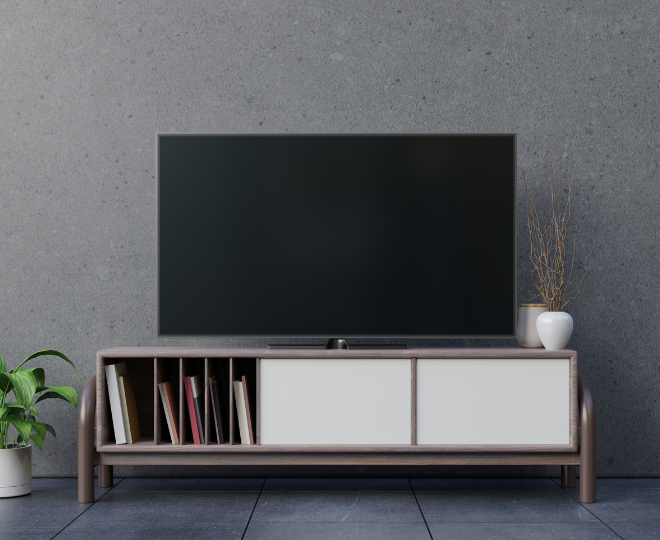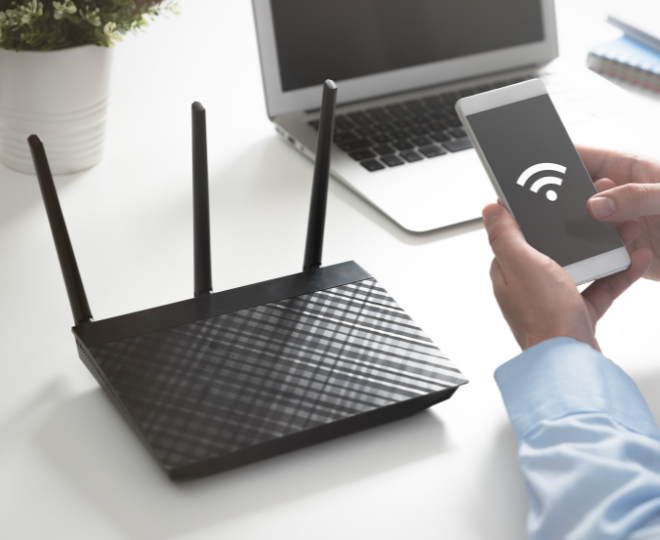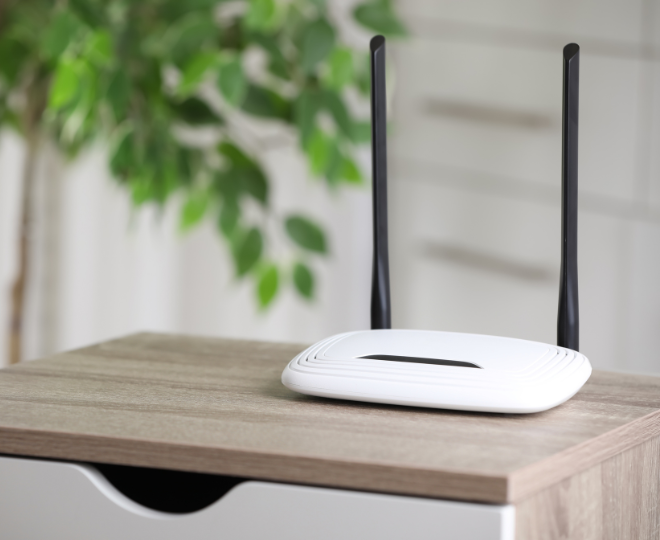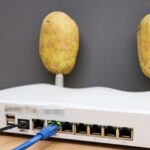One of the essential tips for optimizing your Wi-Fi connection is to follow the “30cm Rule” when installing your Wi-Fi router. This rule suggests that you should place your router at least 30cm away from potential obstacles such as televisions, refrigerators, mirrors, glass surfaces, and walls. By maintaining this distance, you can minimize signal interference and ensure a more even distribution of the Wi-Fi signal to your electronic devices. As a result, you’ll notice improved network connection speeds and reduced instability.

The space behind your TV might seem like a convenient spot for your Wi-Fi router, but it can significantly slow down your internet speed.
It’s also important to note that when using mobile devices connected to Wi-Fi, you should avoid placing them too close to the router. Just like with the router placement, maintaining a distance of at least 30cm is crucial to avoiding signal obstruction and ensuring a strong connection throughout your home. Remember, the “30cm Rule” applies to both your router and your mobile devices for optimal Wi-Fi performance.

Using your phone or tablet too close to the router can interfere with the Wi-Fi signal, causing connection issues.
The reason why many people end up placing their routers in locations that can hinder the Wi-Fi signal is often a combination of convenience and aesthetics. It’s common for families to tuck their routers away in corners, behind televisions or refrigerators, to keep them out of sight and to manage the tangle of cables. Additionally, placing the router in an enclosed room can hinder its ability to transmit a strong signal to other parts of the house. While this approach may save space, it can have the detrimental effect of weakening the Wi-Fi signal and preventing it from reaching all areas of the home effectively, leading to persistent network issues.

Placing your Wi-Fi router in an open area, at a moderate height, such as on top of a dresser, can help optimize the signal strength.
To ensure a consistent Wi-Fi signal, it’s recommended to place your router in a well-ventilated area, such as on a windowsill, tabletop, or cabinet. These locations allow for a broader signal coverage throughout your living space and provide the most stable connection speeds. According to CNET, positioning your router at a higher elevation can further enhance the effectiveness of its signal coverage.

Restarting your router periodically is a simple yet effective way to address slow internet speeds and connection issues.
Additionally, it’s important to note that keeping your Wi-Fi router running continuously can lead to congestion and performance issues. It’s advisable to power cycle your router periodically by turning it off for a short while and then turning it back on. Aim to do this every three months, and you can also use this method whenever you notice a decline in your Wi-Fi signal strength.



































